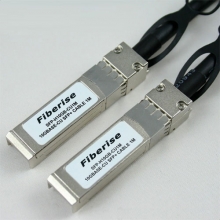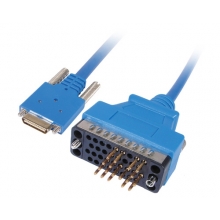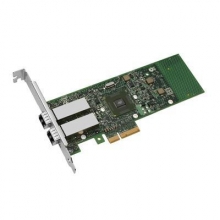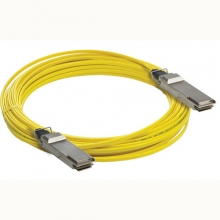- Optical Transceivers
- SFP+ Transceivers
- XENPAK Transceivers
- XFP Transceivers
- X2 Transceivers
- SFP Transceivers
- Compatible SFP
- 3Com SFP
- Alcatel-Lucent SFP
- Allied Telesis SFP
- Avaya SFP
- Brocade SFP
- Cisco SFP
- D-Link SFP
- Dell SFP
- Enterasys SFP
- Extreme SFP
- Force10 SFP
- Foundry SFP
- H3C SFP
- HP SFP
- Huawei SFP
- Intel SFP
- Juniper SFP
- Linksys SFP
- Marconi SFP
- McAfee SFP
- Netgear SFP
- Nortel SFP
- Planet SFP
- Q-logic SFP
- Redback SFP
- SMC SFP
- SUN SFP
- TRENDnet SFP
- ZYXEL SFP
- Other SFP
- FE SFP
- GE SFP
- OC3 SFP
- OC12 SFP
- OC48 SFP
- Copper SFP
- CWDM SFP
- DWDM SFP
- BIDI SFP
- Fiber Channel SFP
- Multi-Rate SFP
- SGMII SFP
- Compatible SFP
- GBIC Transceivers
- Passive Components
- Networking
- Cables
- Equipments
- Tools
- Special Offers


Fiber Optic Wiki
What is submarine communications cable?
May 15, 2012A submarine communications cable is a cable laid on the sea bed between land-based stations to carry telecommunication signals across stretches of ocean.
British dominance of early cable
May 15, 2012From the 1850s until 1911, British submarine cable systems dominated the most important market, the North Atlantic Ocean. The British had both supply side and demand side advantages. In terms of supply, Britain had entrepreneurs willing to put forth enormous amounts of capital necessary to build, lay and maintain these cables. In terms of demand, Britain's vast colonial empire led to business for the cable companies from news agencies, trading and shipping companies, and the British government. Many of Britain’s colonies had significant populations of European settlers, making news about them of interest to the general public in the home country.
Bandwidth problems
May 15, 2012Early long-distance submarine telegraph cables exhibited formidable electrical problems. Unlike modern cables, the technology of the 19th century did not allow for in-line repeater amplifiers in the cable. Large voltages were used to attempt to overcome the electrical resistance of their tremendous length but the cables' distributed capacitance and inductance combined to distort the telegraph pulses in the line, reducing the cable's bandwidth, severely limiting the data rate for telegraph operation to 10-12 words per minute.
Optical telephone cables
May 15, 2012In the 1980s, fiber optic cables were developed. The first transatlantic telephone cable to use optical fiber was TAT-8, which went into operation in 1988. A fiber-optic cable comprises multiple pairs of fibers. Each pair has one fiber in each direction. TAT-8 had two operational pairs and one backup pair.
Importance of submarine cables
May 15, 2012As of 2006, overseas satellite links accounted for only 1 percent of international traffic, while the remainder was carried by undersea cable. The reliability of submarine cables is high, especially when (as noted above) multiple paths are available in the event of a cable break. Also, the total carrying capacity of submarine cables is in the terabits per second while satellites typically offer only megabits per second and display higher latency. However, a typical multi-terabit, transoceanic submarine cable system costs several hundred million dollars to construct.
What is UV-Vis-IR absorption?
May 14, 2012In addition to light scattering, attenuation or signal loss can also occur due to selective absorption of specific wavelengths, in a manner similar to that responsible for the appearance of color. Primary material considerations include both electrons and molecules as follows:



















































